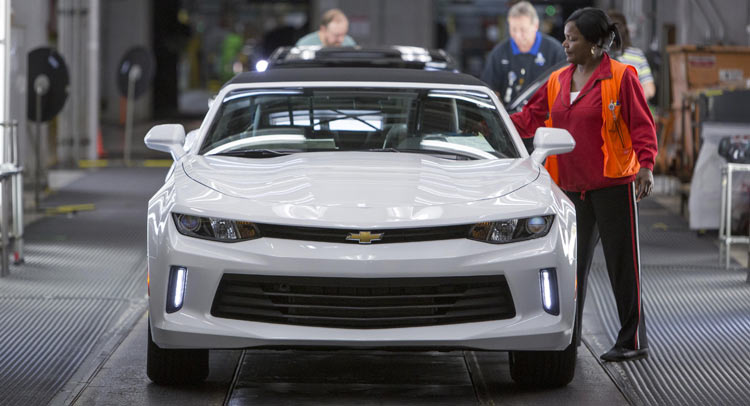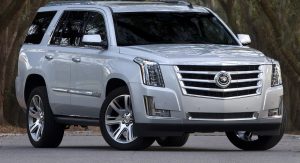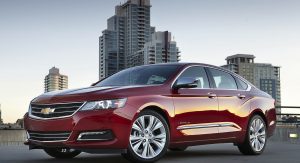General Motors is gearing up a very extensive overhaul of its vehicle development process.
In order to remain relevant and, eventually, thrive in this day and age, GM apparently has to rethink its approach in the business.
Long gone are the days when the company could afford to launch new and redesigned vehicles in compressed periods of time.
The American colossus intends to double the lifespan of its vehicles’ platforms as part of a broader effort to slash and redirect capital spending.
President Dan Ammann told the Reuters that, starting with the new Cruze compact, the basic underpinnings of the vehicle lines could last “a dozen years more”.
GM’s goal is to design a global line-up with as much common components as possible, thus spreading engineering and research cost over more vehicles. Mark Reuss, global product development chief, said the company aims for up to 2.5 million sales a year from a variety of models built on the Cruze platform, including the mechanically similar European Opel Astra.
Exterior styling will change more often, while electronic features could be upgraded with software updates via the internet.
Before it starts paying off, though, this new strategy requires GM to increase capital spending in order to achieve the desired results. What’s more, not everyone is quite sure it will have the desired outcome.
“The advantage could be short-lived”, cautioned Jeff Schuster, senior vice president at LMC Automotive, because there’s a danger GM could end up with platforms that are outdated and products that fall behind the competition, falling short of the projected sales target.







